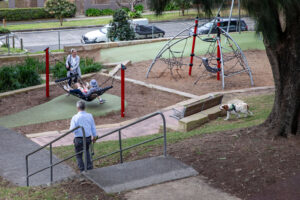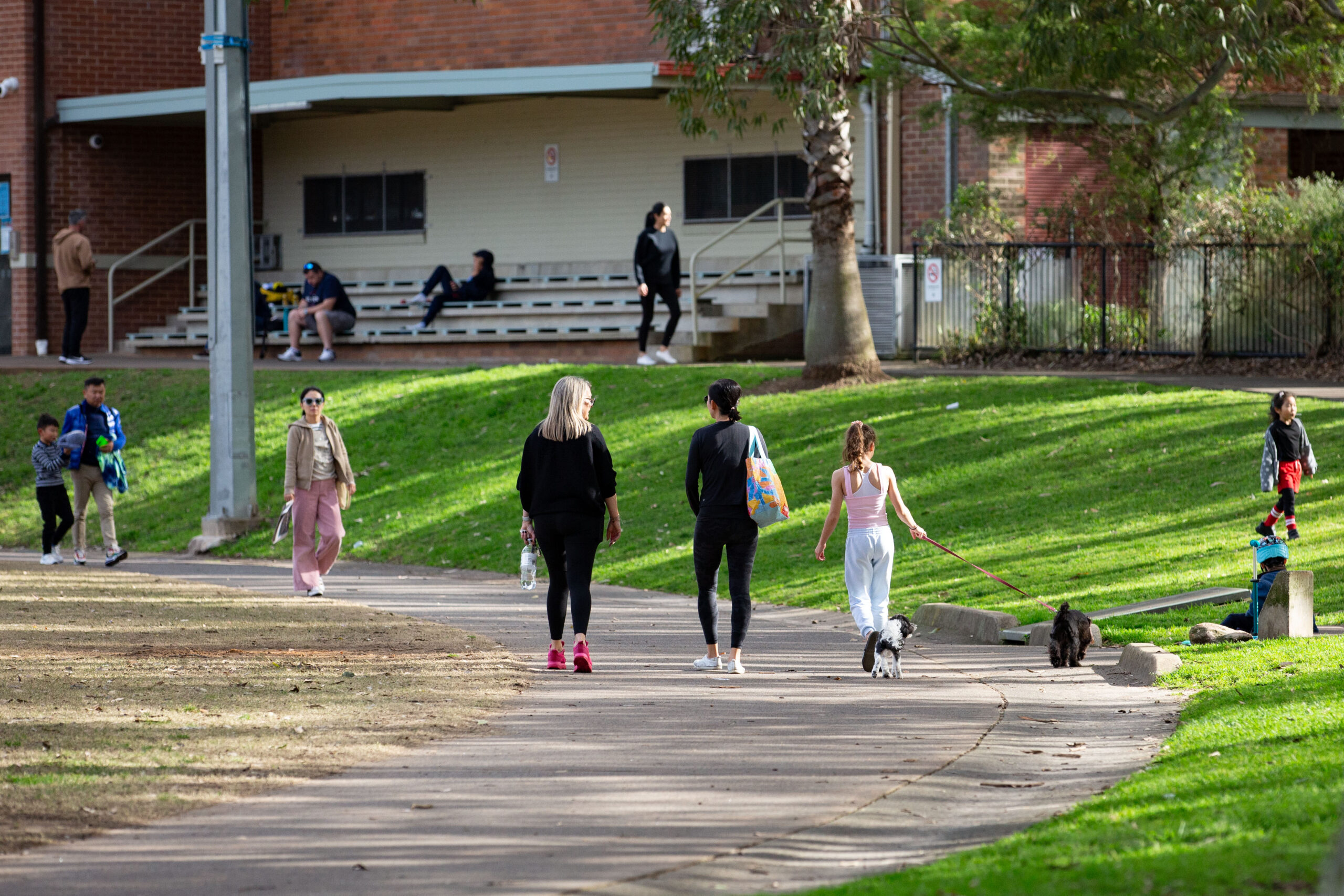Willoughby City Council
Willoughby Public Spaces and Recreation Strategy, and Placemaking Toolkit
Cred worked closely with Willoughby City Council to develop the Willoughby Public Spaces Recreation Strategy which creatively responds to multiple challenges including Council experiencing ‘peak open space,’ signifying limited opportunities to deliver new public spaces due to constrained land availability; population growth; and shifting community recreational preferences. The Strategy is supported by a Placemaking Toolkit to enhance public spaces for recreation.
This new Strategy goes beyond conventional supply and demand approaches and identifies the implementation of a placemaking lens to get the most out of what we have already, and to deliver new and improved public space outcomes through growth. This placemaking approach is underpinned by active community involvement and shared responsibility for public space design, activation and management and will allow us to be more flexible and adaptable in our recreational offerings, as well as test and validate ideas promptly to ensure they suit our community’s needs.
Historically, Council has developed public space masterplans that can take years to materialise. Engagement with the community highlighted the need for a planning paradigm that delivers projects in an iterative and collaborative manner. Collectively, a placemaking approach was developed!
The Strategy shifts the paradigm of planning from top-down to community-led, actively welcoming the community to co-create, activate, and manage public spaces. Shifting from ‘open’ to ‘public’ spaces recognises the vital role our town centres and streets play in meeting recreation needs. It sets a bold vision to make maximise public spaces in Willoughby City to offer a variety of recreational experiences, through collaborative efforts. For instance, it identifies creative ways to enhance recreation, such as transforming suitable streets, rooftops, and walls of Council buildings into recreation spaces thus providing new spaces and connecting existing ones, and reinventing leftover spaces as social spaces.


